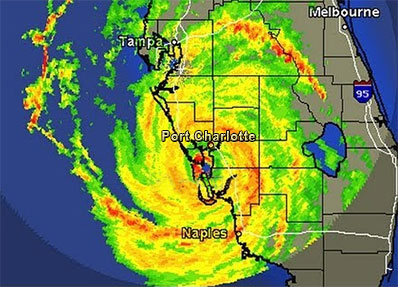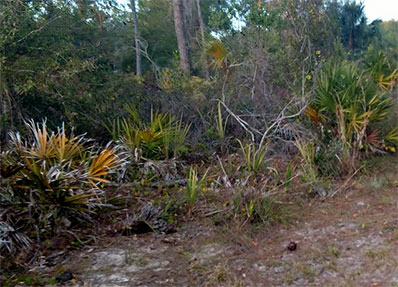TOURISM & WEATHER
-

Lack of Tourism
Port Charlotte is not known to be a popular destination for tourists. The relative lack of attractions is perhaps the number one cause. While Charlotte County has been gaining the attention of travelers, the reason stems from outside of the area.
In 2016, Punta Gorda Airport celebrated its “one millionth” passenger in a year’s time. While this may seem like something for the community to celebrate, this statistic is misleading. Charlotte County’s airport does act as a medium for many travelers, but the vast majority of these people immediately leave the area after their plane touches down.
Fights into Charlotte County are a popular option for those wishing to travel to true destination areas such as Fort Myers, Naples, and even Fort Lauderdale. For budget travelers, it makes more sense to buy a cheap, direct flight to Florida, and then rent a car to get to their intended destination. Unfortunately, Charlotte County is completely overlooked. Nearly all of these deal-seeking travelers will board their return flight without ever having set foot or spending a penny in Charlotte County.
-

Summer in Port Charlotte
When it comes to Florida, you can expect warm weather. Port Charlotte will not disappoint. For nearly half a year, from May through October, the average highs reach into the 90s. With the Florida humidity, these temperatures can become unbearable. To be safe, most people spend the afternoons indoors. Without proper hydration and protection from the sun, medical emergencies are a possibility. Luckily, the torrential Summer rains often help to temporarily alleviate these high temperatures.
The Summer heat also means that hurricanes can strike at any moment. In 2004, Hurricane Charley brought devastation to Charlotte County. Nearly half of all homes in Port Charlotte suffered some form of destruction. This hurricane took the area by surprise as it was originally on a track toward Tampa. But the wide opening of Charlotte Harbor provided the path of least resistance and fuel for the storm as it took a sharp turn to the right, strengthened to a Category 4 and continued up the Peace River.
Hurricanes continue to be a threat to Florida and cause pandemonium in the days leading up to landfall. Grocery stores run out of water, bread, and other essentials. There is a shortage on gas and other fuel to safely flee the area. And due to the rising population of the state, Interstates 75 and 95 (the only major roads heading north from South Florida) were at a standstill during mandatory evacuations for the most recent hurricane.
Storm surge is a real possibility when living near bodies of water. The entire Charlotte Harbor area is in a mandatory evacuation zone for impending hurricanes with storm surge possibilities of 15 feet or more. This could cause utter devastation and completely wipe out entire communities.
Even if hurricanes do not directly hit the area, chances are there will still be power outages. The most recent hurricane caused power outages that lasted over a week for some residents. Air conditioning is an absolute necessity in extreme temperatures and it is only possible with some source of power. If flooding occurs, mold will completely take over a residence without air conditioning.
-

Winter in Port Charlotte
The winters are what attract most people to Florida. With average highs listed in the 70s, it’s easy to see why many people flock to the Sunshine State. Winter is the perfect time to hit the beach. But Winter also means heavy traffic conditions are abound. Be sure to plan on needing extra time, perhaps more than an hour, to reach the nearest beach from Port Charlotte in Winter.
Keep in mind that Florida is not impervious to cold Winter temperatures. While the average highs are listed in the 70s, cold spells can often wreak havoc on the Port Charlotte area. There have been several consecutive nights with lows reaching into the 20s. These freezing temperatures tend to kill most plants, especially ornamental, and even grass. Not only does this cause the area to become “brown” and unappealing, but it also creates a major fire hazard. Winter is known as “fire season” in Florida.
